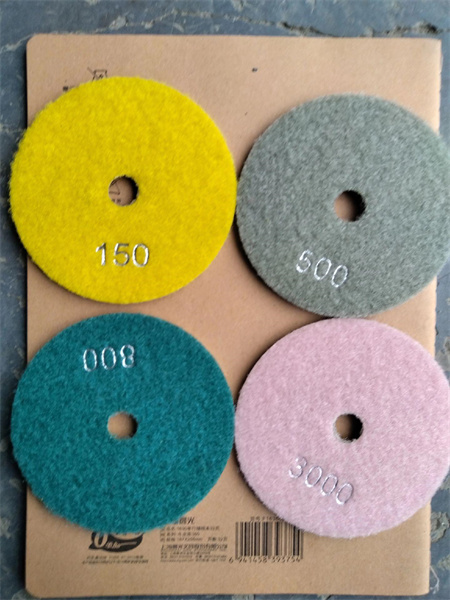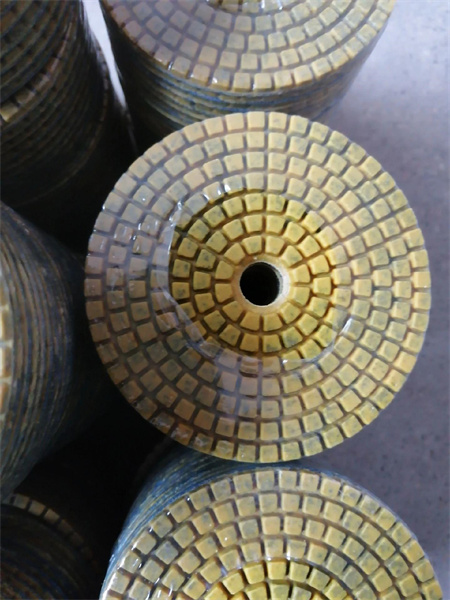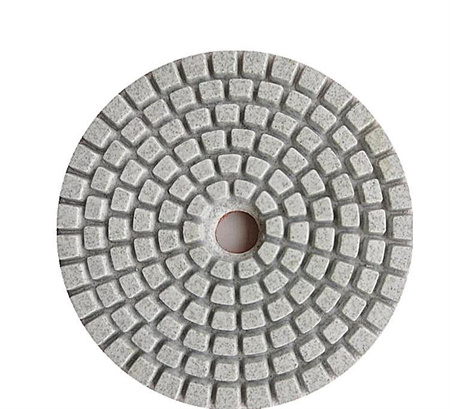How Diamond Tools Are Shaping the Stone Industry
The stone industry, known for its reliance on precision and durability, has undergone a significant transformation over the past few decades. One of the most influential factors behind this evolution has been the advent of diamond tools. These tools, once considered a luxury for only the highest-end applications, have now become an essential part of the stone processing landscape. Their ability to cut, grind, and polish with unparalleled precision has made them indispensable to professionals working with a wide range of stones—from marble and granite to limestone and quartz.

One area where diamond tools have made a particularly notable impact is in the production of stone countertops. Stone countertops, especially those made from granite and quartz, require intricate cutting and polishing to achieve the smooth, glossy finish that homeowners and designers desire. Before the introduction of diamond saws, grinders, and polishers, these tasks were often labor-intensive and time-consuming, with results that weren’t always consistent. Now, diamond tools have revolutionized this process, allowing fabricators to create countertops with high precision and a perfect finish. The ability to cut through hard stones without causing cracks or chips means that manufacturers can produce flawless pieces, reducing the need for rework and minimizing material waste.
Beyond countertops, diamond tools have also played a pivotal role in the excavation and mining sectors of the stone industry. Extracting stone from quarries requires powerful machinery capable of slicing through thick, solid layers of rock. Diamond-tipped saw blades and core drills are critical for quarry operations, helping to speed up extraction while ensuring minimal damage to the stone. These tools allow for more efficient mining, increasing productivity and lowering costs by reducing downtime and tool replacements.

The benefits of diamond tools extend beyond just improving the final product. Their use also leads to improved safety standards in the stone industry. Traditional tools, which often required excessive force to cut through hard materials, posed a risk of accidents or tool breakage. Diamond tools, being much more efficient, reduce the amount of manual labor involved, which lessens the likelihood of injuries. Additionally, the high durability of diamond tools means less frequent maintenance and tool replacements, contributing to safer, more stable working conditions.

The stone industry has always been rooted in craftsmanship, but diamond tools have taken that craftsmanship to a new level. Whether it’s creating intricate designs in stone, restoring centuries-old buildings, or producing flawless countertops, diamond tools have become a game-changer. They have improved productivity, reduced costs, and elevated the quality of stone products. For those working in the stone industry, it’s clear that diamond tools are not just a passing trend—they’re the cornerstone of modern stone processing.